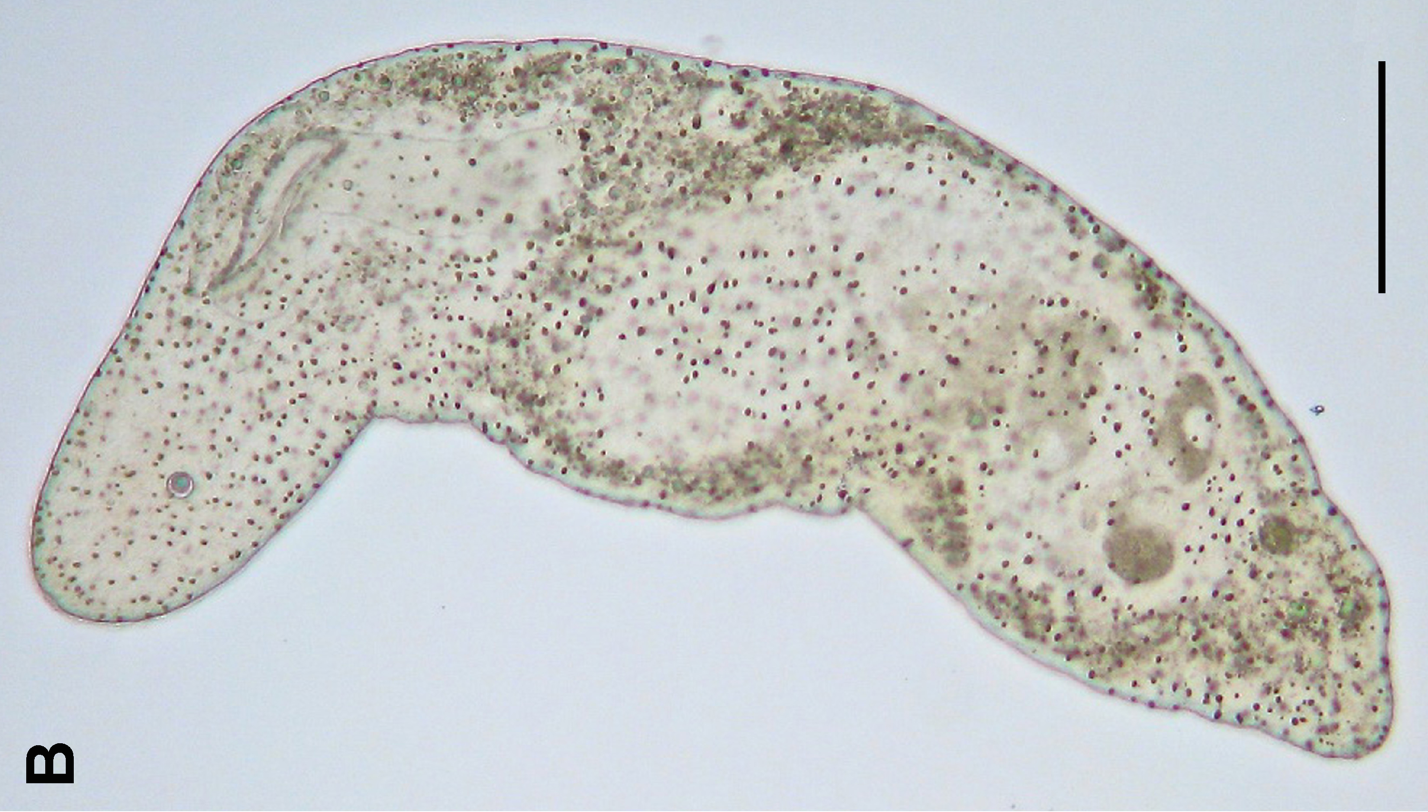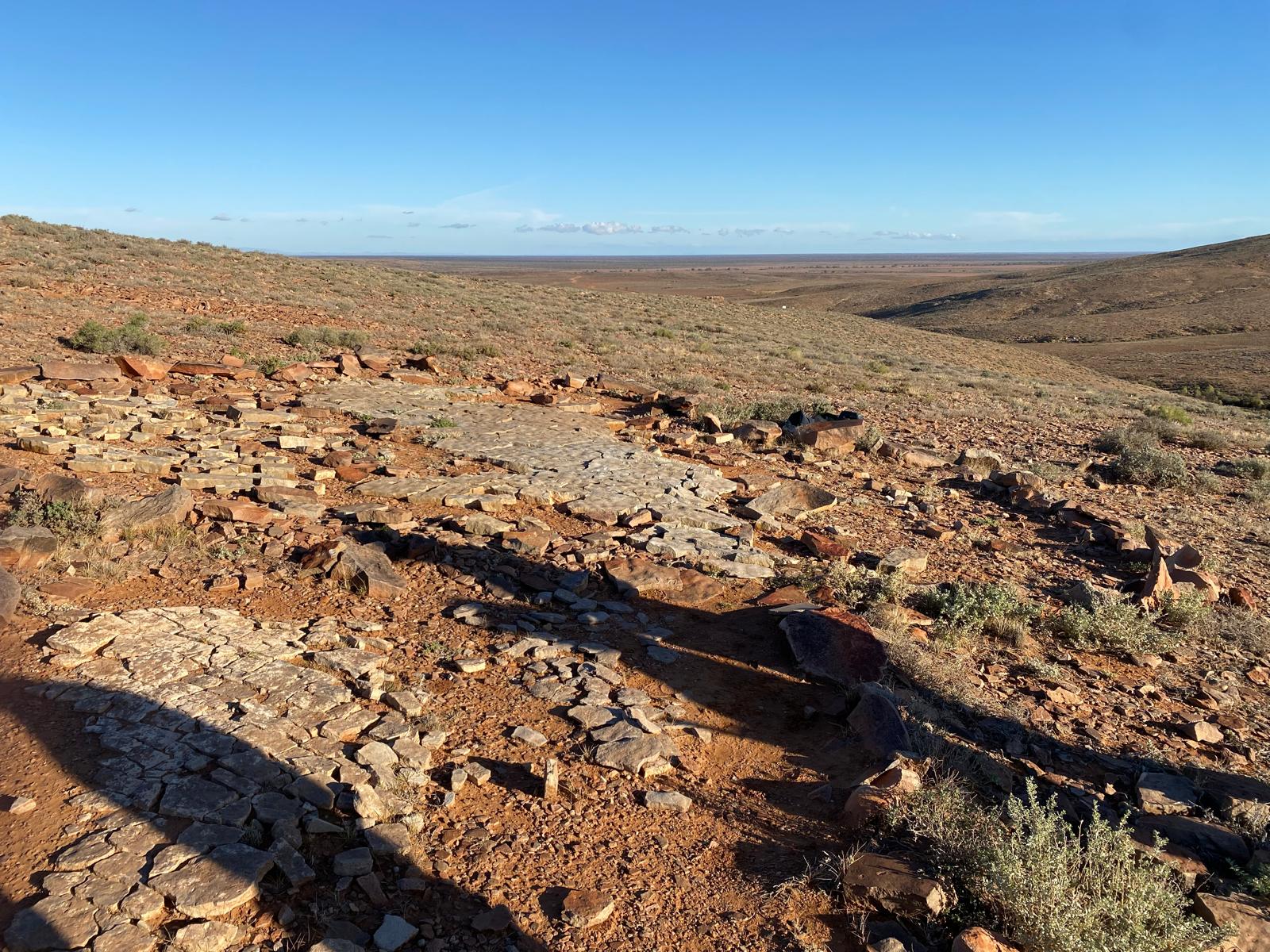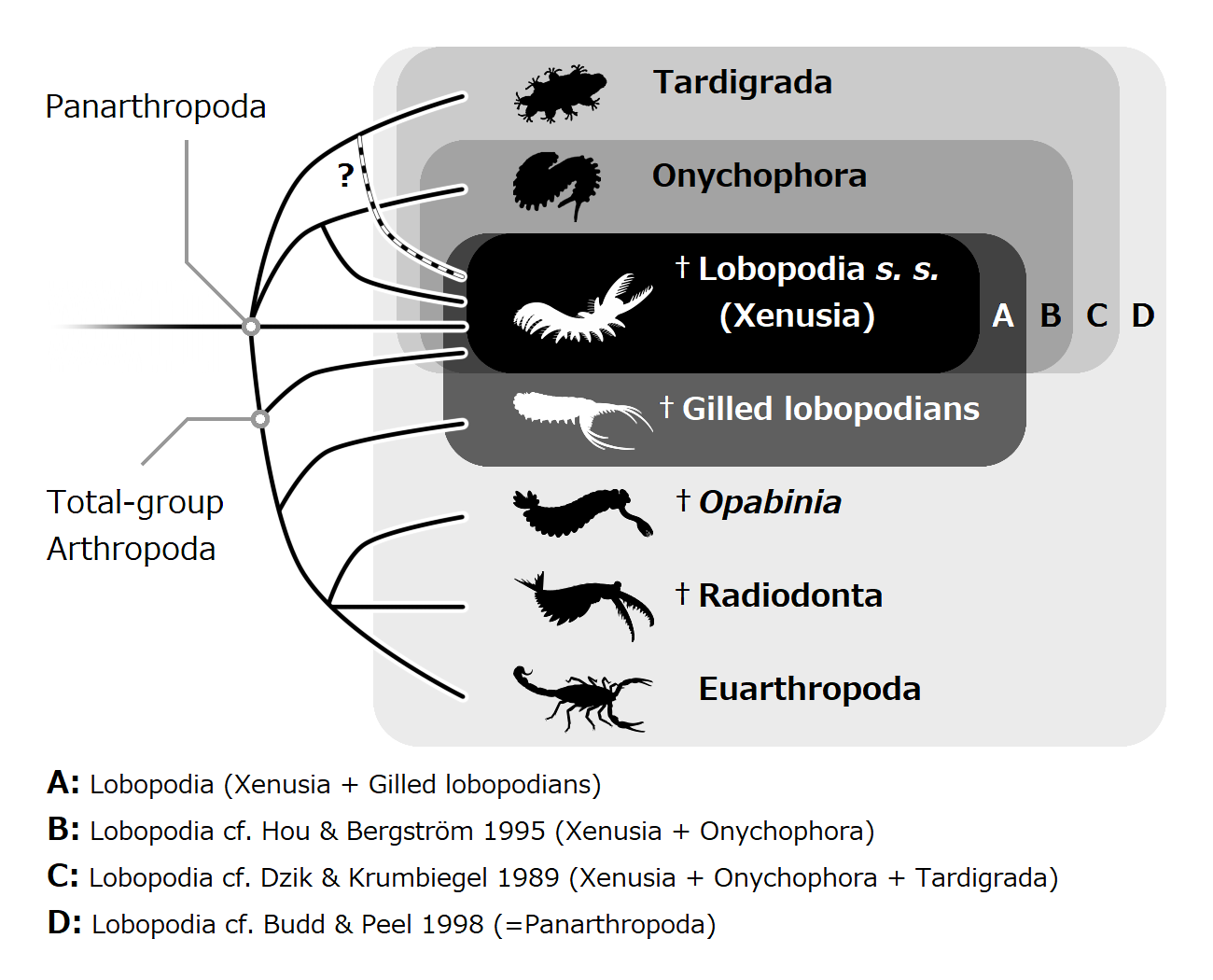|
Ecdysozoan
Ecdysozoa () is a group of protostome animals, including Arthropoda (insects, chelicerates (including arachnids), crustaceans, and myriapods), Nematoda, and several smaller phyla. The grouping of these animal phyla into a single clade was first proposed by Eernisse ''et al.'' (1992) based on a phylogenetic analysis of 141 morphological characters of ultrastructural and embryological phenotypes. This clade, that is, a group consisting of a common ancestor and all its descendants, was formally named by Aguinaldo ''et al.'' in 1997, based mainly on phylogenetic trees constructed using 18S ribosomal RNA genes. A large study in 2008 by Dunn ''et al.'' strongly supported the monophyly of Ecdysozoa. The group Ecdysozoa is supported by many morphological characters, including growth by ecdysis, with moulting of the cuticle – without mitosis in the epidermis – under control of the prohormone ecdysone, and internal fertilization. The group was initially contested by a significant min ... [...More Info...] [...Related Items...] OR: [Wikipedia] [Google] [Baidu] |
Uncus Dzaugisi
''Uncus dzaugisi'' was a species of animal which lived approximately 560 to 550million years ago during the late Ediacaran in what is now Southern Australia. Its smooth cylindrical shape, with one end being wider than the other, suggests that it was a member of the clade Ecdysozoa (a group containing arthropods, nematodes and tardigrades, amongst others). This makes it the oldest ecdysozoan known so far, as well as one of the oldest known bilaterians. It is currently the only member of the genus ''Uncus''. Discovery and name The systematic excavation that led to the discovery of ''Uncus'' began in 2018 in the Ediacara Member, a Stratigraphic unit, rock unit of the Rawnsley Quartzite within the Nilpena Ediacara National Park, South Australia, which is known for its well preserved Ediacaran biota, Ediacaran fossils. During the excavation, the team, led by Mary Droser, noted the presence of deep, hook-shaped indentations in the rock. At first, they were not looked into with much ... [...More Info...] [...Related Items...] OR: [Wikipedia] [Google] [Baidu] |
Acosmia
''Acosmia'' is an extinct genus of marine worm from the Cambrian aged Chengjiang biota of Yunnan, China. It is represented by a single rare species, ''Acosmia maotiania'', that reached 45 mm in length and 9 mm in width. It was likely a burrowing animal that fed by deposit feeding. While originally suggested to be a priapulid (penis worm), a 2020 study proposed to be a stem-group ecdysozoa Ecdysozoa () is a group of protostome animals, including Arthropoda (insects, chelicerates (including arachnids), crustaceans, and myriapods), Nematoda, and several smaller phylum (biology), phyla. The grouping of these animal phyla into a single ...n, due to lacking the radial pharygneal armature that characterises modern ecdysozoans, including priapulids. References Monotypic prehistoric protostome genera † Maotianshan shales fossils {{paleo-protostome-stub ... [...More Info...] [...Related Items...] OR: [Wikipedia] [Google] [Baidu] |
Tardigrada
Tardigrades (), known colloquially as water bears or moss piglets, are a phylum of eight-legged Segmentation (biology), segmented micro-animals. They were first described by the German zoologist Johann August Ephraim Goeze in 1773, who called them . In 1776, the Italian biologist Lazzaro Spallanzani named them Tardigrada, which means 'slow walkers'. They live in diverse regions of Earth's biospheremountaintops, the deep sea, tropical rainforests, and the Antarctic. Tardigrades are among the most resilient animals known, with individual species able to survive extreme conditions – such as exposure to extreme temperatures, extreme pressures (both high and low), air deprivation, radiation, dehydration, and starvation – that would quickly kill most other forms of life. Tardigrades have survived exposure to outer space. There are about 1,500 known species in the phylum Tardigrada, a part of the superphylum Ecdysozoa. The earliest known fossil is from the Cambrian, some 500 m ... [...More Info...] [...Related Items...] OR: [Wikipedia] [Google] [Baidu] |
Lobopodia
Lobopodians are members of the informal group Lobopodia (), or the formally erected phylum Lobopoda Cavalier-Smith (1998). They are panarthropods with stubby legs called lobopods, a term which may also be used as a common name of this group as well. While the definition of lobopodians may differ between literatures, it usually refers to a group of soft-bodied, marine worm-like fossil panarthropods such as '' Aysheaia'' and '' Hallucigenia''. However, other genera like '' Kerygmachela'' and '' Pambdelurion'' (which have features similar to other groups) are often referred to as “gilled lobopodians”. The oldest near-complete fossil lobopodians date to the Lower Cambrian; some are also known from Ordovician, Silurian and Carboniferous Lagerstätten. Some bear toughened claws, plates or spines, which are commonly preserved as carbonaceous or mineralized microfossils in Cambrian strata. The grouping is considered to be paraphyletic, as the three living panarthropod groups (A ... [...More Info...] [...Related Items...] OR: [Wikipedia] [Google] [Baidu] |
Saccorhytida
Saccorhytida is an extinct phylum of Cambrian animals possibly belonging to the superphylum Ecdysozoa. It contains three monotypic genera: its namesake '' Saccorhytus'', the dubious '' Clypecella'' and '' Beretella''. All three genera are found in the early Cambrian of China China, officially the People's Republic of China (PRC), is a country in East Asia. With population of China, a population exceeding 1.4 billion, it is the list of countries by population (United Nations), second-most populous country after .... References † † Taxa described in 2017 Cambrian China Saccorhytida {{Paleo-protostome-stub ... [...More Info...] [...Related Items...] OR: [Wikipedia] [Google] [Baidu] |
Kinorhyncha
Kinorhyncha (, ' "snout") is a phylum of small marine invertebrates that are widespread in mud or sand at all depths as part of the meiobenthos. They are commonly called mud dragons. Modern species are or less, but Cambrian forms could reach . Anatomy Kinorhynchs are limbless animals, with a body consisting of a head, neck, and a trunk of eleven segments. They are the only members of Ecdysozoa, except from the panarthropoda, with a segmented body. Juveniles have eight or nine segments, depending on genus, with the last two or three being added later during growth. A Cambrian species, Eokinorhynchus rarus, had about twice as many segments as present forms. Like other ecdysozoans they do not have external cilia, but instead have a number of spines along the body, plus up to seven circles of spines around the head. These spines are used for locomotion, withdrawing the head and pushing forward, then gripping the substrate with the spines while drawing up the body. The body ... [...More Info...] [...Related Items...] OR: [Wikipedia] [Google] [Baidu] |
Scalidophora
Scalidophora is a group of marine pseudocoelomate ecdysozoans that was proposed on morphological grounds to unite three phyla: the Kinorhyncha, the Priapulida and the Loricifera. The three phyla have four characters in common — chitinous cuticle that is moulted, rings of scalids on the introvert, flosculi, and two rings of introvert retracts.Heiner, I., Kristensen, R.H. 2005. Two new species of the genus ''Pliciloricus'' (Loricifera, Pliciloricidae) from the Faroe Bank, North Atlantic. Zoologischer Anzeiger. 243: 121–138. The introvert and abdomen are separated by a distinct neck region in all groups, but in adult macroscopic priapulids it becomes rudimentary in ''Priapulus'' and is completely absent in ''Halicryptus''. However, the monophyly of the Scalidophora was not supported by two molecular studies, where the position of the Loricifera was uncertain or as sister to the Panarthropoda. Both studies supported a reduced Scalidophora comprising the Kinorhyncha and Priapulid ... [...More Info...] [...Related Items...] OR: [Wikipedia] [Google] [Baidu] |
Arthropoda
Arthropods ( ) are invertebrates in the phylum Arthropoda. They possess an exoskeleton with a cuticle made of chitin, often mineralised with calcium carbonate, a body with differentiated ( metameric) segments, and paired jointed appendages. In order to keep growing, they must go through stages of moulting, a process by which they shed their exoskeleton to reveal a new one. They form an extremely diverse group of up to ten million species. Haemolymph is the analogue of blood for most arthropods. An arthropod has an open circulatory system, with a body cavity called a haemocoel through which haemolymph circulates to the interior organs. Like their exteriors, the internal organs of arthropods are generally built of repeated segments. They have ladder-like nervous systems, with paired ventral nerve cords running through all segments and forming paired ganglia in each segment. Their heads are formed by fusion of varying numbers of segments, and their brains are formed by fu ... [...More Info...] [...Related Items...] OR: [Wikipedia] [Google] [Baidu] |
Nematoida
Nematoida is a clade of pseudocoelomate free living or parasitic animals. It consists of phyla Nematoda and Nematomorpha. The two groups share a number of features in common; the presence of a cloaca in both sexes, aflagellate sperm, and a cuticle made of collagen. Its position within Ecdysozoa Ecdysozoa () is a group of protostome animals, including Arthropoda (insects, chelicerates (including arachnids), crustaceans, and myriapods), Nematoda, and several smaller phylum (biology), phyla. The grouping of these animal phyla into a single ... is uncontroversial, but the identity of their closest relatives has been debated. Under the Cycloneuralia hypothesis, the nematoids are considered to be closest to Scalidophora, named for the ring-shaped brains found in these animals. However, this group has seen less support in phylogenetic analyses, with the Cryptovermes hypothesis being more consistently supported, which groups the nematoids with the panarthropods, although the issue ... [...More Info...] [...Related Items...] OR: [Wikipedia] [Google] [Baidu] |
Arthropod
Arthropods ( ) are invertebrates in the phylum Arthropoda. They possess an arthropod exoskeleton, exoskeleton with a cuticle made of chitin, often Mineralization (biology), mineralised with calcium carbonate, a body with differentiated (Metamerism (biology), metameric) Segmentation (biology), segments, and paired jointed appendages. In order to keep growing, they must go through stages of moulting, a process by which they shed their exoskeleton to reveal a new one. They form an extremely diverse group of up to ten million species. Haemolymph is the analogue of blood for most arthropods. An arthropod has an open circulatory system, with a body cavity called a haemocoel through which haemolymph circulates to the interior Organ (anatomy), organs. Like their exteriors, the internal organs of arthropods are generally built of repeated segments. They have ladder-like nervous systems, with paired Anatomical terms of location#Dorsal and ventral, ventral Ventral nerve cord, nerve cord ... [...More Info...] [...Related Items...] OR: [Wikipedia] [Google] [Baidu] |
Protostome
Protostomia () is the clade of animals once thought to be characterized by the formation of the organism's mouth before its anus during embryonic development. This nature has since been discovered to be extremely variable among Protostomia's members, although the reverse is typically true of its sister clade, Deuterostomia. Well-known examples of protostomes are arthropods, molluscs, annelids, flatworms and nematodes. They are also called schizocoelomates since schizocoely typically occurs in them. Together with the Deuterostomia and Xenacoelomorpha, these form the clade Bilateria, animals with bilateral symmetry, anteroposterior axis and three germ layers. Protostomy In animals at least as complex as earthworms, the first phase in gut development involves the embryo forming a dent on one side (the blastopore) which deepens to become its digestive tube (the archenteron). In the sister-clade, the deuterostomes (), the original dent becomes the anus while the gut eventua ... [...More Info...] [...Related Items...] OR: [Wikipedia] [Google] [Baidu] |
Saccus (genus) , being an anterior extension of the vinculum
{{Disambiguation ...
Saccus may refer to: * Saccus, Roman cognomen, see List of Roman cognomina * ''Saccus'', a genus of plants in the family Moraceae, synonym of ''Artocarpus'' * Saccus, in anatomy: ** Saccus endolymphaticus ** Saccus lacrimalis ** Saccus caecus caudodorsalis ** Saccus caecus caudoventralis ** Saccus conjunctivae ** Saccus cranialis ** Saccus dorsalis * Saccus, in entomology: ** Saccus (insect anatomy), an anatomical structure of male lepidoptera genitalia The study of the genitalia of Lepidoptera is important for Lepidoptera taxonomy in addition to development, anatomy and natural history. The genitalia are complex and provide the basis for species discrimination in most families and also in fami ... [...More Info...] [...Related Items...] OR: [Wikipedia] [Google] [Baidu] |




